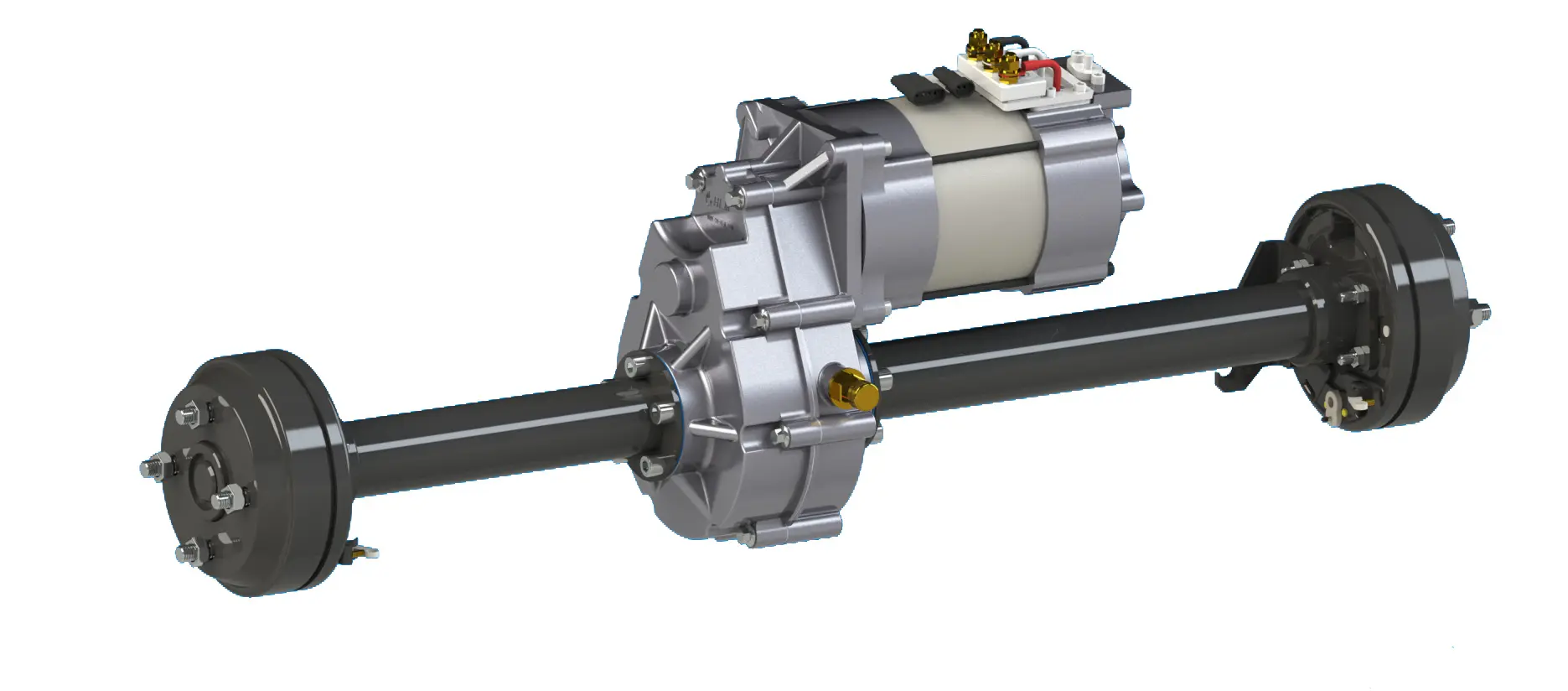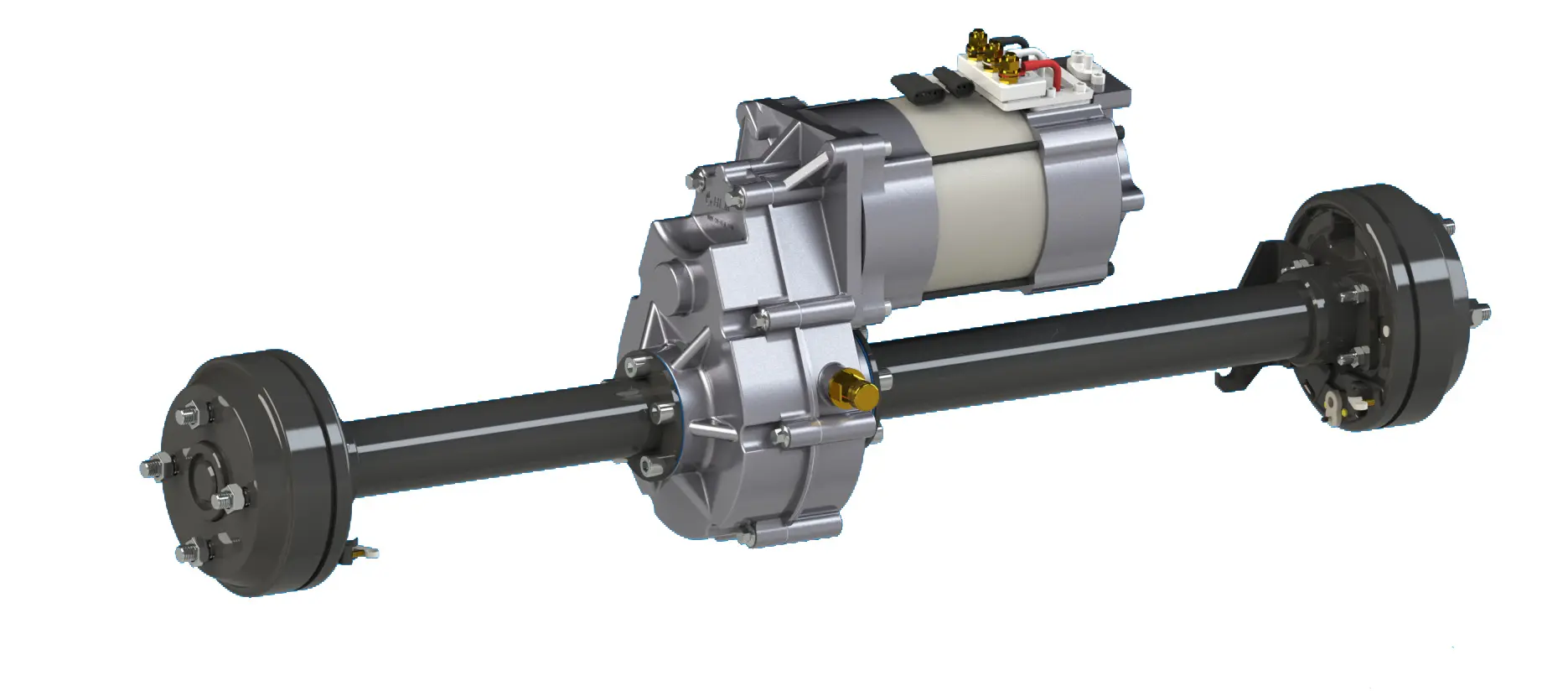How Does a Transaxle Affect a Vehicle’s Traction on Steep Inclines?
A transaxle is a critical component of a vehicle’s drivetrain, responsible for transmitting power from the engine to the wheels. It combines the functions of a transmission and a differential into a single unit, which is particularly beneficial in front-wheel-drive (FWD) vehicles. Understanding how a transaxle affects a vehicle’s traction on steep inclines is essential for drivers who frequently encounter such conditions.
Understanding the Transaxle
What is a Transaxle?
A transaxle is an integrated assembly that combines the functions of a transmission, axle, and differential into a single unit. It is commonly used in front-wheel-drive vehicles to transmit power from the engine to the drive wheels. The transaxle’s compact design allows for a larger suspension stroke, which can improve off-road performance and traction on uneven surfaces.
How Does a Transaxle Work?
The transaxle works by receiving power from the engine through the input shaft and transmitting it to the transmission mechanism. The transmission mechanism adjusts the speed and torque through gear ratios or disc contact positions. The power is then transferred to the differential unit, which allows the output shafts/axles to rotate at different speeds, enabling the driven wheels to turn at different rates during cornering. The output shafts/axles are connected to the driven wheels, transmitting the power for propulsion.
Transaxle and Traction on Steep Inclines
Weight Distribution
In front-wheel-drive vehicles, the transaxle’s design helps distribute weight more evenly over the front wheels. This is particularly beneficial on steep inclines, where the weight of the vehicle shifts towards the rear, reducing the load on the front tires. The transaxle helps maintain a more balanced weight distribution, improving traction and stability.
Torque Distribution
The transaxle control system manages gear shifting, torque distribution, and overall drivability. It plays a key role in optimizing fuel efficiency, enhancing traction control, and providing a smooth driving experience. When the transaxle control system is functioning properly, the vehicle operates seamlessly, with power being transferred to the wheels in a controlled and efficient manner.
Differential Function
The differential unit within the transaxle allows the driven wheels to rotate at different speeds. This is crucial on steep inclines, where the wheels may encounter different levels of resistance. The differential ensures that each wheel receives the appropriate amount of torque, preventing wheel spin and improving traction.
Types of Transaxles and Their Impact on Traction
Front-Wheel Drive (FWD) Transaxle
FWD transaxles are commonly used in compact and mid-size vehicles. They are simple and efficient designs but can be prone to overheating and wear. On steep inclines, FWD transaxles provide good initial traction due to the weight distribution over the front wheels. However, they may struggle with higher torque loads and can experience reduced traction if the front wheels lose grip.
Rear-Wheel Drive (RWD) Transaxle
RWD transaxles are used in vehicles where better handling and performance are desired. They are more complex designs but provide better traction and handling, especially in high-performance vehicles. On steep inclines, RWD transaxles can provide more consistent power delivery to the rear wheels, which can be advantageous in maintaining traction. However, they may require more sophisticated traction control systems to prevent wheel spin.
All-Wheel Drive (AWD) Transaxle
AWD transaxles are used in vehicles that require better traction in various driving conditions. They are more advanced designs and provide better traction and control by distributing power to all four wheels. On steep inclines, AWD transaxles can significantly improve traction by ensuring that each wheel receives the appropriate amount of power, reducing the risk of wheel spin and improving overall stability.
Four-Wheel Drive (4WD) Transaxle
4WD transaxles are used in off-road vehicles and trucks. They provide on-demand 4WD capability through the use of a transfer clutch integrated into the transaxle. On steep inclines, 4WD transaxles can provide optimal traction by distributing power to all four wheels, making them ideal for off-road driving and heavy-duty applications.
Maintenance and Performance
Regular Maintenance
Regular maintenance is crucial for ensuring the transaxle operates efficiently and provides optimal traction on steep inclines. This includes regular oil changes, checking and replacing brake springs, and ensuring proper tire pressure.
Addressing Common Issues
Common issues such as loose or broken mounting bolts, brake malfunctions, and fluid contamination can significantly impact the transaxle’s performance. Addressing these issues promptly can help restore ideal performance and mitigate any potential long-term damage.
Conclusion
A transaxle plays a vital role in a vehicle’s traction on steep inclines by managing weight distribution, torque distribution, and differential function. Different types of transaxles offer varying levels of traction and performance, with AWD and 4WD transaxles providing the best traction in challenging conditions. Regular maintenance and prompt addressing of common issues are essential for ensuring the transaxle’s optimal performance and longevity. By understanding the transaxle’s function and maintaining it properly, drivers can improve their vehicle’s traction and safety on steep inclines.
Post time: Jan-13-2025



